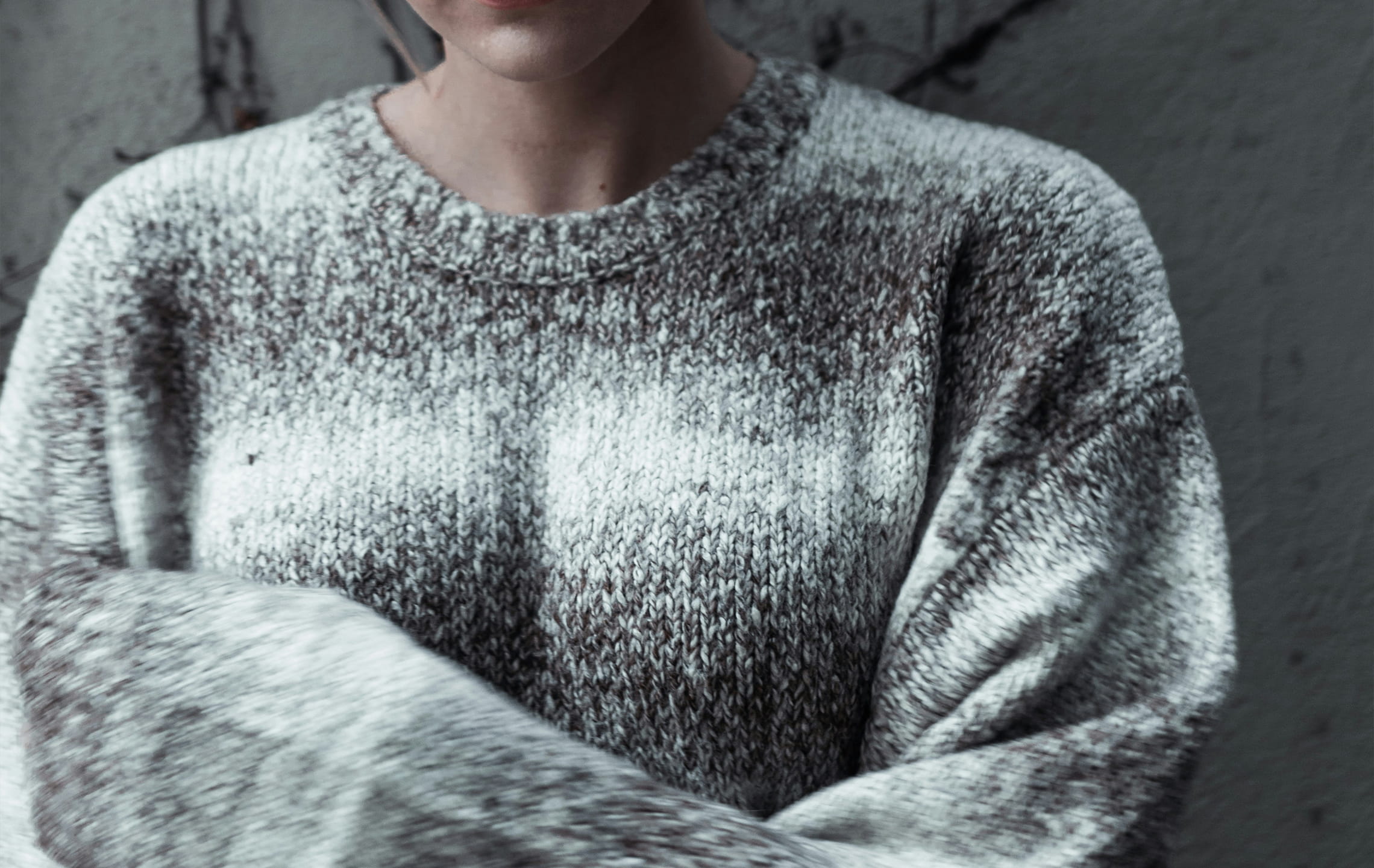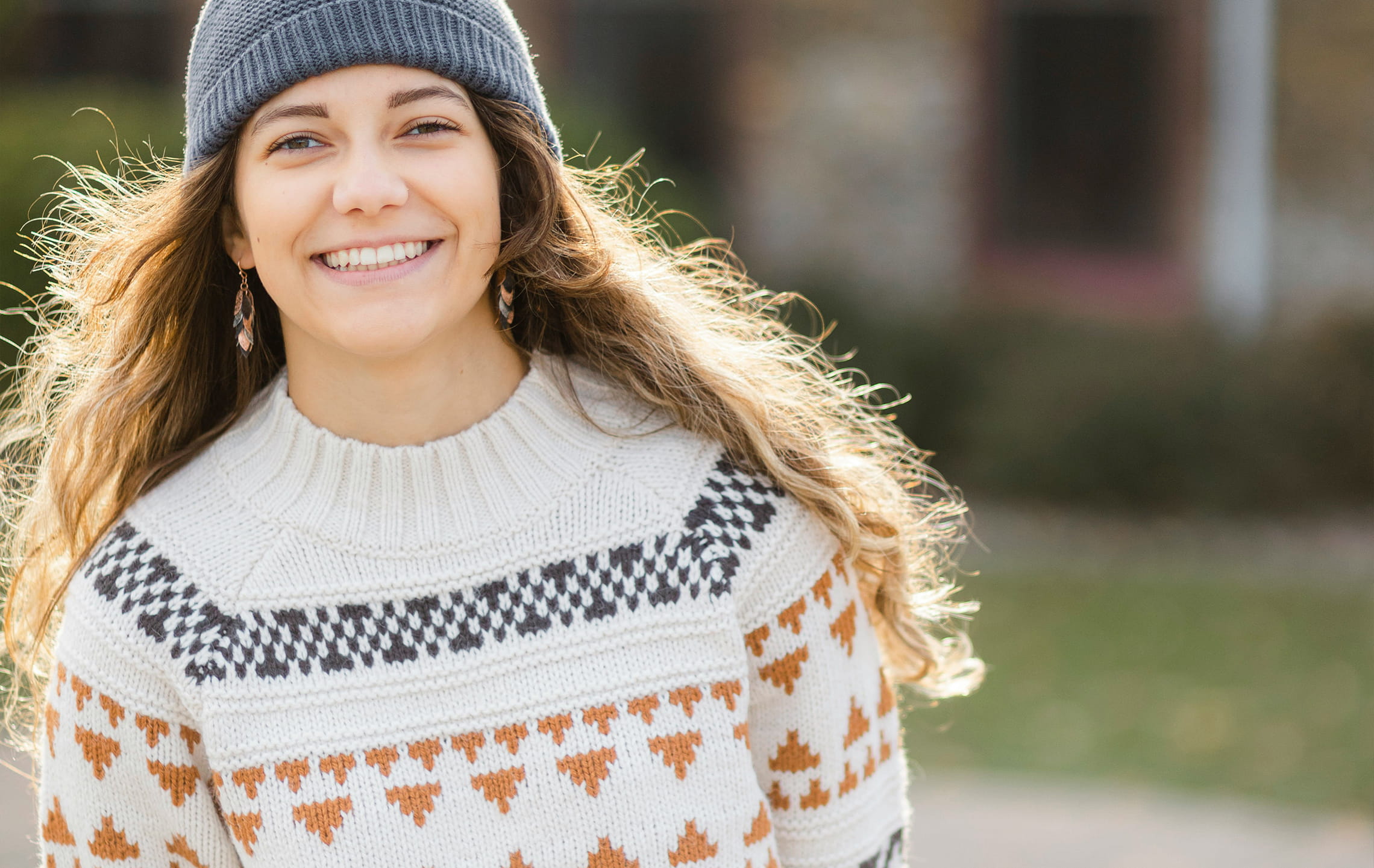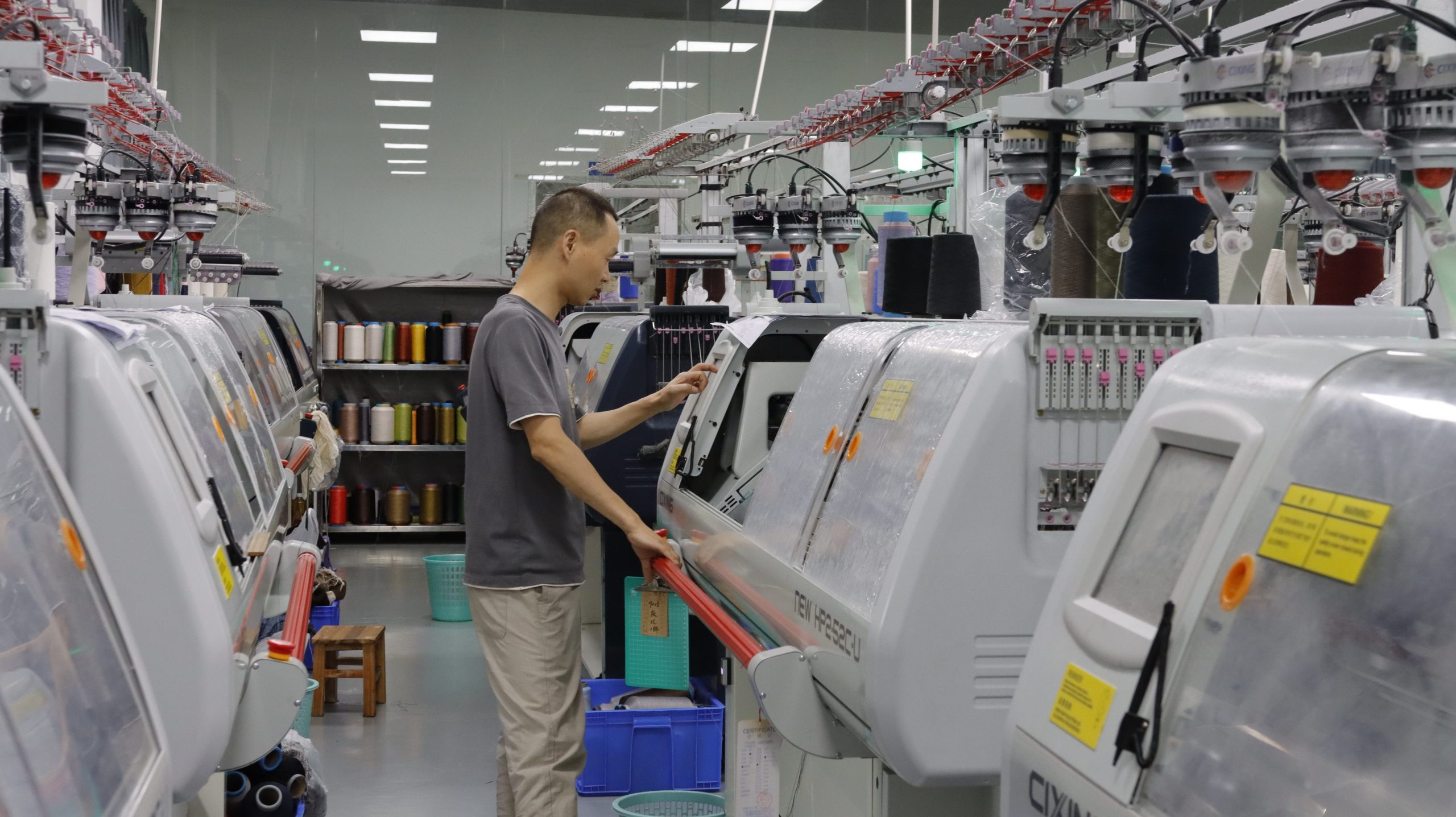Yarn blending technology of great significance
Yarn blending technology for sweaters is of great significance in the textile industry, as it makes the combination of fiber materials more flexible and varied. By mixing different kinds of fibers, it is possible to give full play to the advantages of each fiber and make up for their respective shortcomings. Yarn blending not only improves the durability and comfort of sweaters, but also gives them more functionality and fashion sense. It provides more space and creativity for the design and production of sweaters, making them better adaptable to different seasons and different occasions. The application of yarn blending technology not only enriches the material and texture of the sweater, but also improves the overall quality and fashionability of the sweater, which satisfies people’s pursuit of diversification and functionality of clothing.
The importance of yarn blending technology is not only reflected in the improvement of textile comfort and durability, but also in the production process to improve efficiency and reduce the waste of resources.
Yarn blending brings many beneficial properties to sweater production
Yarn blends have a significant impact on sweater texture and characteristics. By blending different types of fibers, yarn blending technology can bring several advantages to sweaters. Firstly, in terms of fiber properties, blending allows the fibers to complement each other and compensate for their respective shortcomings. For example, by combining the warmth of wool with the breathability of cotton, a sweater can be both warm and breathable at the same time. Secondly, in terms of sweater texture, yarn blending technology can give sweaters a richer feel and texture, making them softer and more comfortable. In addition, blending different fibers increases the durability and elasticity of the sweater, making it more durable and less prone to deformation.
Sweaters made with blended fibers show significant benefits in terms of stretch and abrasion resistance. A blend of fibers can compensate for their respective shortcomings, thus improving the overall durability of the sweater. For example, wool has good heat retention and softness, but is relatively weak in terms of stretch and abrasion resistance, while the addition of cotton fibers can increase the stretch resistance of the sweater while maintaining a certain degree of softness. In addition, the addition of a small amount of elastic fibers such as spandex or elastane to the blended fibers can enhance the elasticity of the sweater and improve its tensile resistance, thus reducing deformation and damage caused by prolonged wear. This improved overall performance allows the blended fiber sweater to be better adapted to the needs of daily wear, while remaining beautiful and comfortable for a longer period of time.
Blending yarns with different fibers has a significant effect on the appearance of sweaters. By blending different fibers, the appearance of a sweater can be enhanced in more diverse ways. First of all, fiber blends provide a richer texture and feel. Compared to sweaters made of a single fiber, sweaters made of blended fibers can show a richer variety of textures, from soft and silky to rough and rustic, the blend of different fibers creates a more layered tactile experience. Secondly, in terms of appearance, blended fibers make sweaters more colorful, allowing for a wider choice of colors and patterns. Different fiber materials have different abilities to absorb dyes during the dyeing process, so blended fibers can present richer layers and depths of color, making the sweater more vivid and vibrant in color. In addition, blended fibers can also bring a richer glossy effect. Some fibers have a good gloss, such as silk fiber, by mixing with other fibers, the sweater can show a richer gloss effect, making the sweater in the light has a more dynamic sense of beauty and texture. Therefore, through the mixing of different fibers, the appearance of the sweater can be comprehensively enhanced, presenting a more diverse and enriched texture, color and gloss.
Yarn blending plays a crucial role as a sweater making technique. By blending different types of fibers, we can achieve significant improvements in texture, durability and comfort. Blending technology allows sweaters to incorporate the strengths of various fibers, overcoming the limitations that may exist with a single fiber, and providing a more complete, higher quality product. Not only that, yarn blending also adds more design possibilities to the sweater, making it not just a warm garment, but a combination of fashion and utility. It not only meets people’s needs for comfort and durability, but also provides more fashionable choices, making sweaters an indispensable part of the fashion world.

 English
English Deutsch
Deutsch Français
Français Italiano
Italiano Español
Español Русский
Русский Polski
Polski Nederlands
Nederlands Svenska
Svenska

